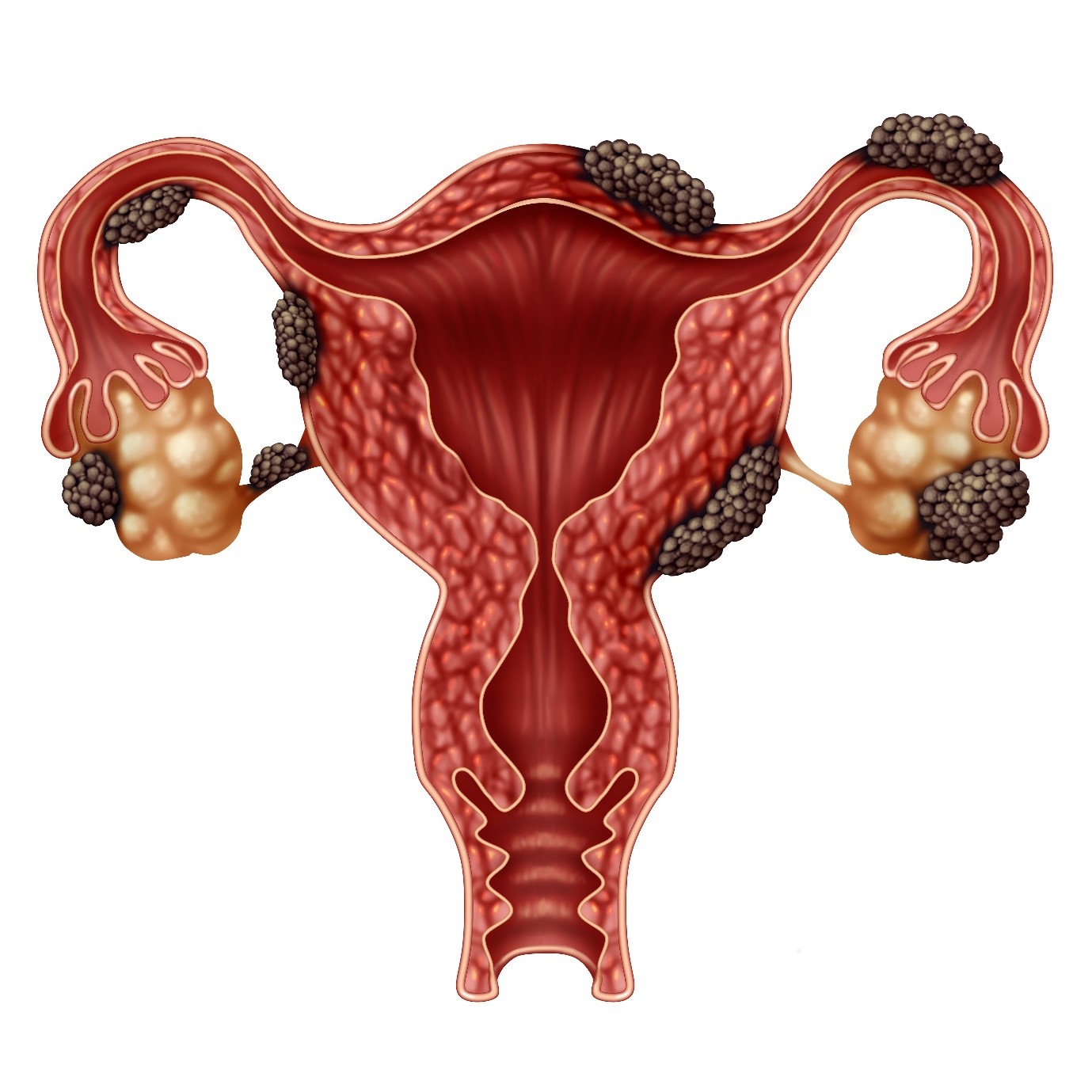What is Endometriosis?
It is a common yet often misunderstood condition that affects approximately 1 in 10 women and people assigned female at birth (AFAB).
Endometriosis occurs when endometrial-like tissue grows outside the uterus, often on the
- Ovaries
- Fallopian tubes
- Peritoneum (the lining of the abdominal cavity).
In rare instances, it can impact other areas, like the lungs or bladder.
This tissue behaves like the uterine lining, thickening, shedding, and bleeding during each menstrual cycle.
However, since it’s outside the uterus, the blood has nowhere to go, leading to inflammation, pain, and scar tissue formation.
What Are the Symptoms?
The initial symptom of endometriosis is pelvic pain, which can vary in intensity.
Pain often worsens before and during menstruation due to hormonal changes that trigger inflammation.
Common symptoms include:
- Severe menstrual cramps
- Chronic pelvic or lower back pain
- Pain during intercourse (dyspareunia)
- Heavy periods or spotting between periods
- Painful bowel movements or urination
- Digestive issues like bloating, diarrhea, or constipation
Some people with endometriosis experience no symptoms and may only find out when they face infertility issues.
Interestingly, the severity of the symptoms doesn’t always correlate with the extent of the disease.
What Causes Endometriosis?
While the exact cause is still unknown, several theories exist.
One common explanation is retrograde menstruation, Where menstrual blood flows backward through the fallopian tubes into the pelvic cavity, instead of exiting the body.
Other potential causes include
- Genetic predisposition
- Immune system dysfunction
- Hormonal imbalances.
If someone in your family has endometriosis, your risk may be higher.
How is Endometriosis Diagnosed and Treated?
Diagnosis begins with a pelvic exam, followed by imaging tests like an ultrasound or MRI. However, laparoscopy is the gold standard for confirming endometriosis.
Doctors can also remove or treat endometrial tissue during this minimally invasive surgery.
Treatment may differ based on the severity of symptoms and your fertility goals.
These include:
Medications: Pain relief and hormonal therapies like birth control pills or GnRH agonists can help manage pain and regulate the menstrual cycle.
Surgery: In severe cases, laparoscopy may be used to remove endometriosis tissue, or a hysterectomy (removal of the uterus) may be recommended if other treatments fail.
Can Endometriosis Affect Fertility?
Indeed, endometriosis is one of the primary causes of infertility.
The condition can block fallopian tubes or cause scarring that interferes with egg release and sperm movement.
However, many people with endometriosis can still conceive with the proper treatment and medical guidance.
Endometriosis can greatly affect your daily life, but with an accurate diagnosis and appropriate treatment, symptoms can be effectively managed.
If you think you may have endometriosis or need expert advice, Yashodha Hospitals provides specialized care designed to meet your unique needs. Contact us today for a professional consultation and dedicated support in managing endometriosis.

